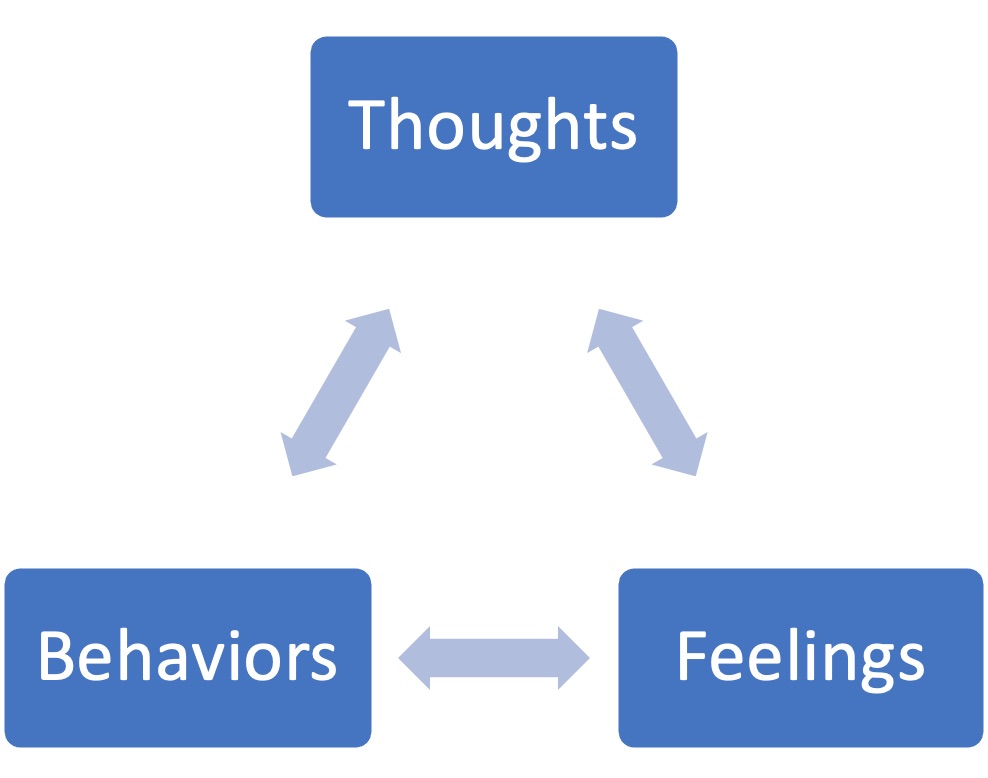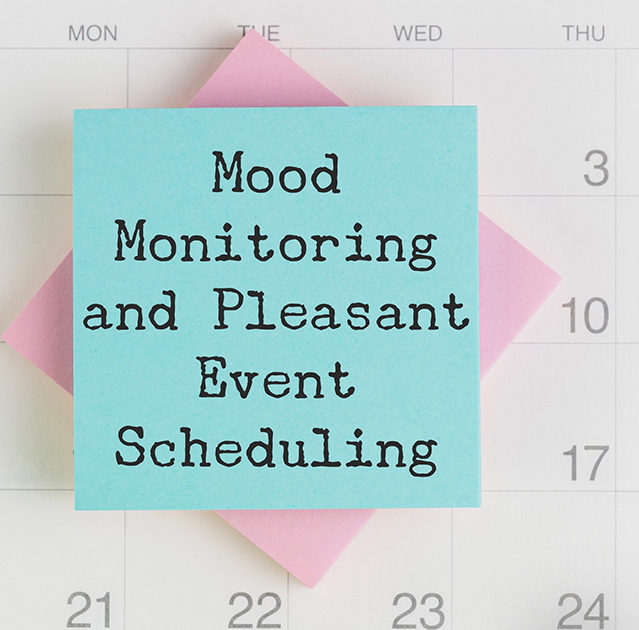Cognitive Behavioral Therapy (CBT) is an evidence-based treatment for many psychological disorders including depression and anxiety. The fundamental principle of CBT is that the way you think in a situation will affect how you feel emotionally and physically and impact your behavior. Among many other skills, CBT teaches us to identify unhelpful patterns of behavior and to develop new and more effective responses.

This diagram depicts the bi-directional relationship that occurs between a person’s thoughts, feelings, and behaviors.
Being aware of the relationship between situations, emotions, and behaviors, is an important part of CBT. In order to dive deeper into these relationships, you are asked to track and record the data as if you were an outside observer.
Activity and Mood Monitoring
Activity and mood monitoring enables you to find patterns between what you do and how you feel. In this intervention, you are asked to focus only on the link between your activities and your mood. The goal is to capture activities and mood ratings for every hour of the day. Mood ratings are on a scale of 0-10, with 0 being the worst and 10 being the best. For example, an activity and mood monitoring form for a morning might look like this:

The example above is a snapshot that provides a lot of information. For example, we now know that this person woke up already feeling anxious. He or she was able to combat that anxiety quickly and effectively by exercise and a phone call with a friend, indicating that these are positive coping tools for this person. We also learn that there is a link between receiving an email from their boss and high anxiety. Further, there could be a pattern of anger for this person when they perceive they are let down.
Pleasant Event Scheduling
Another important CBT tool is the intentional scheduling and participating in activities that are enjoyable. People who feel depressed and anxious tend to do fewer things that make them happy. This can have a snowball effect, resulting in a harder time coping with negative feelings. In CBT, you may be asked to intentionally schedule pleasant activities in your day. Additionally, you will rate your mood before and after. These activities do not have to be expensive or time consuming! You can find many different pleasant activity lists online. Here are just a few simple suggestions:
- Go for a walk
- Take a shower or bath
- Re-read a favorite book
- Watch a show or a movie
- Jump rope
- Go to a park
- Collecting things (coins, shells, etc.)
- Coloring
- Gardening
- Listening to music
Scheduling a pleasant activity is helpful in two different ways. First, the act of scheduling gives a you something to look forward to and as soon as a plan is made, you may benefit from a mood boost. Second, when engaging in the activity, there is typically a positive mood effect.
The above-mentioned CBT tools can be practiced both in and out of therapy. If you have tried these strategies and are still struggling with your mood, it is valuable to consider seeking treatment with a well-trained CBT therapist. A CBT therapist will work collaboratively with you by using values-based interventions to enhance the behavioral goals and activities.

